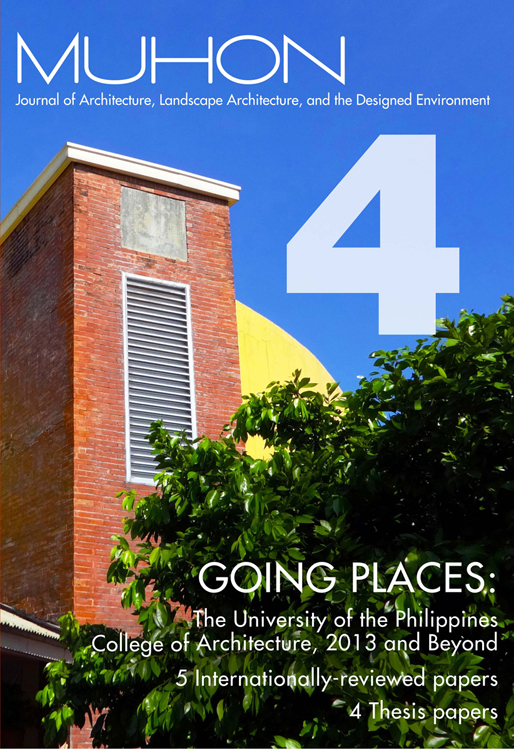Resilience Building Against Earthquakes in traditional settlements of Kathmandu Valley
Abstract
The Kathmandu valley communities have been facing earthquake disasters once in every 75-100 years. The architecture and settlements in Nepal have responded to earthquakes of both small and large magnitude through the use of indigenous technology. Many of them still remain intact to their shape and size. In the last 150 years however, architecture has been increasingly shaped by external influences rather than by local realities. The use of modern construction materials has arguably not abated the increase in physical, social and cultural vulnerability. The paper is the outcome of community-based participatory research. The paper argues that the socio-cultural attributes are key variables in the resilience of communities to these natural disasters.
Published
2013-12-02
How to Cite
MARAHATTA, Punya Sagar; POKHAREL, Jiba Raj.
Resilience Building Against Earthquakes in traditional settlements of Kathmandu Valley.
MUHON: A Journal of Architecture, Landscape Architecture, and the Designed Environment, [S.l.], p. 32-38, dec. 2013.
ISSN 2094-1277.
Available at: <https://www.journals.upd.edu.ph/index.php/muhon/article/view/6275>. Date accessed: 02 sep. 2025.
Issue
Section
Articles
The contributor waives any royalties for the publication of his/her article, as UPCA is a non-profit organization.
The copyright for the published work belongs to UPCA and its selected publisher. The contributor is free to publish a modified version of the same article in other publications.
The contributor guarantees that :
The copyright for the published work belongs to UPCA and its selected publisher. The contributor is free to publish a modified version of the same article in other publications.
The contributor guarantees that :
- the article does not infringe on the copyright or any proprietary right of any other person
- the article contains no libelous or other unlawful matter
- the article makes no improper invasion of the privacy of any other person.





